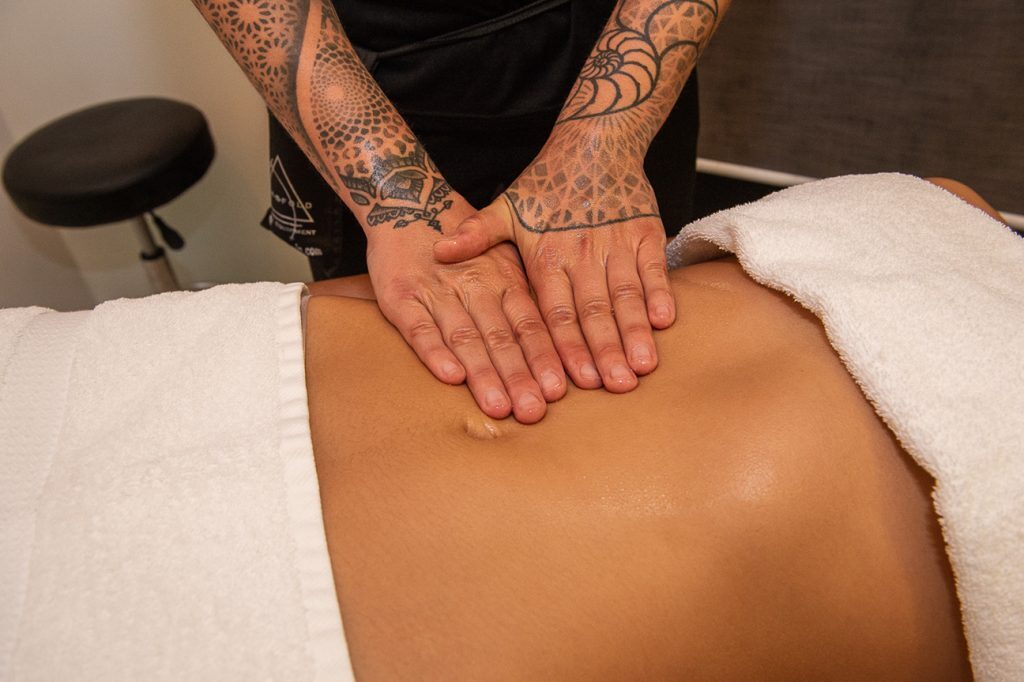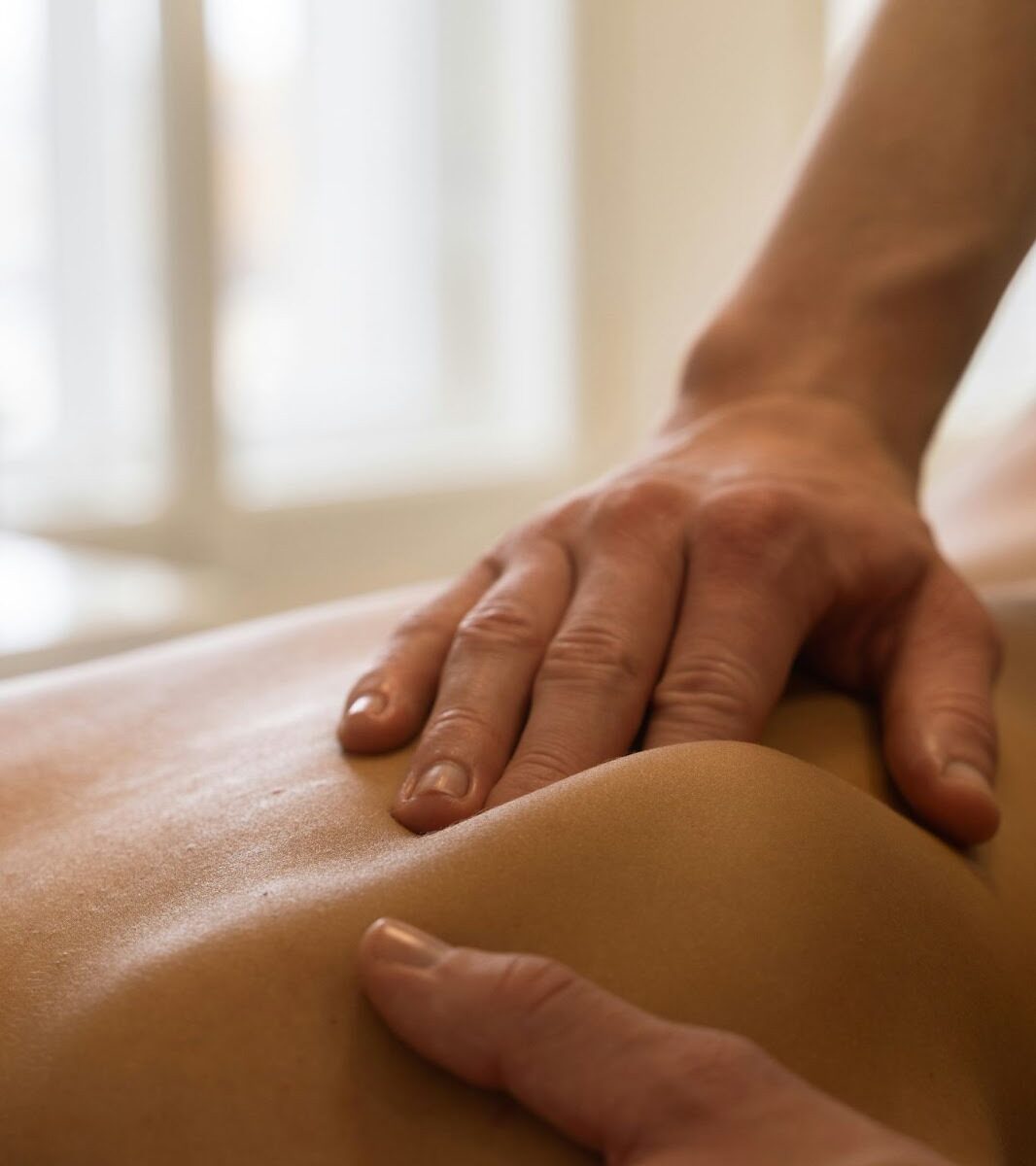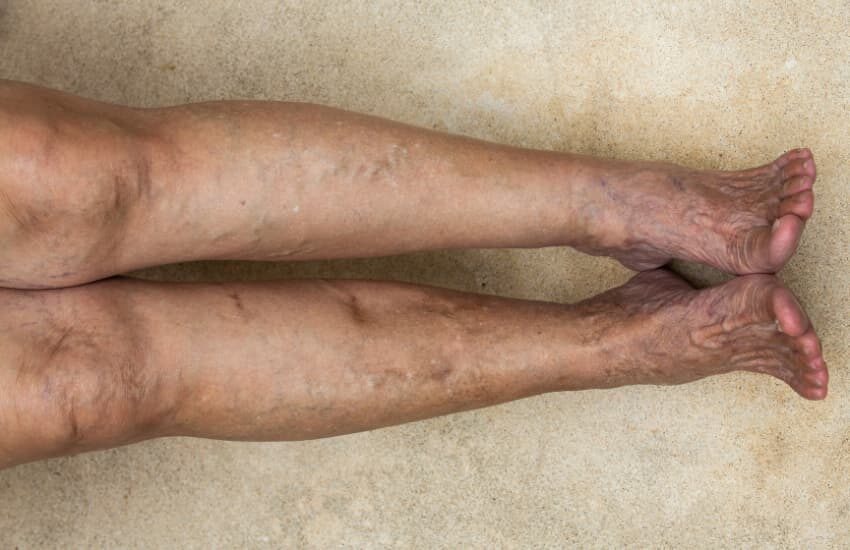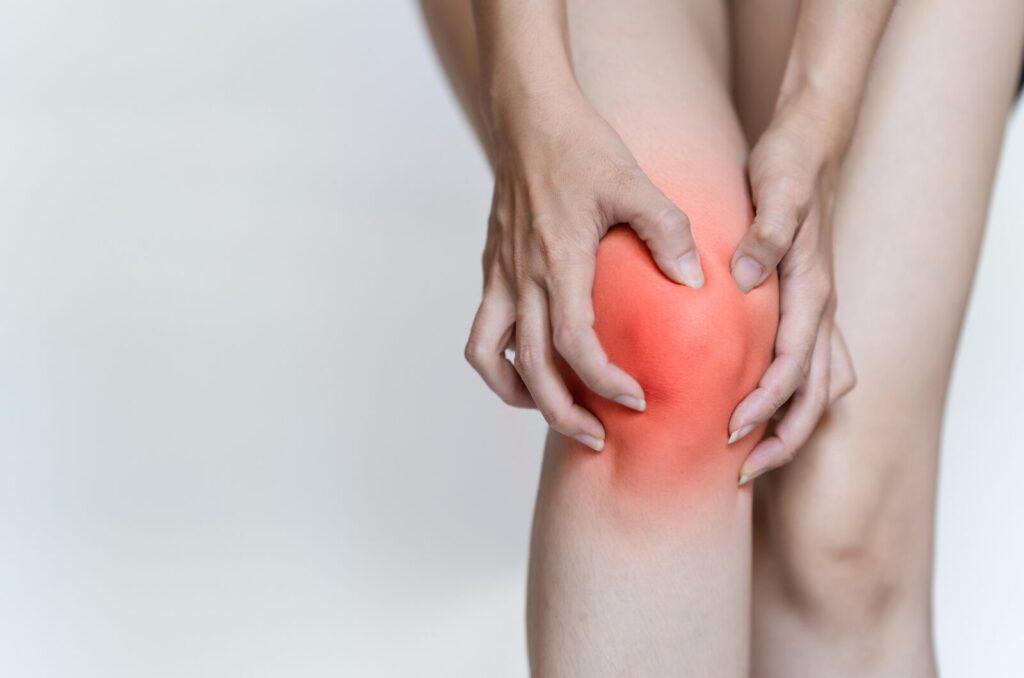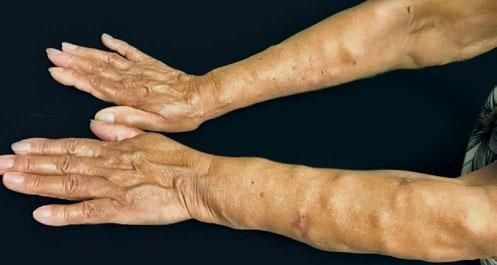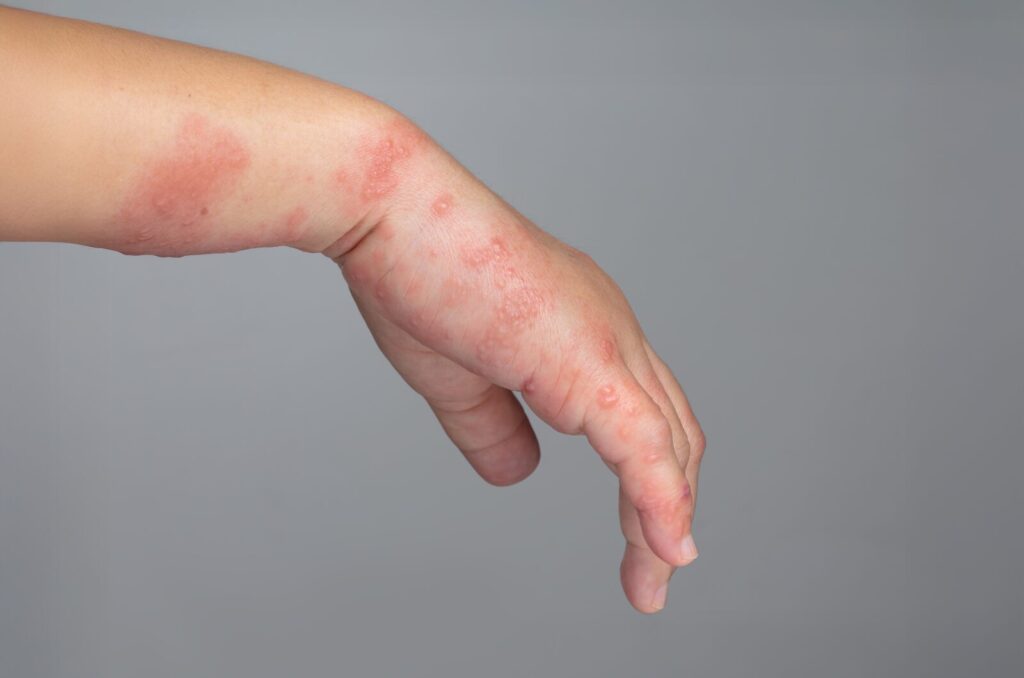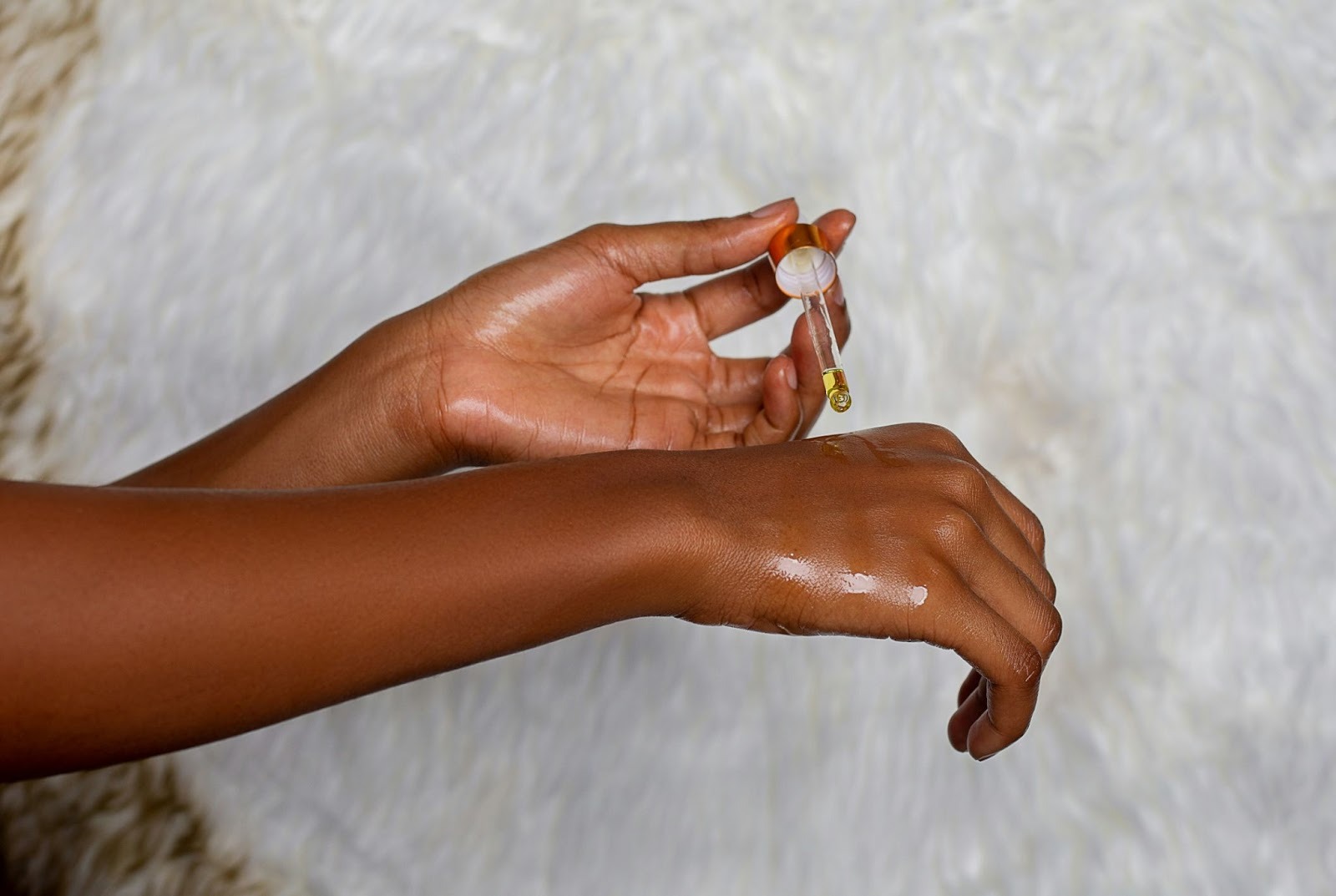Polycystic Ovary Syndrome (PCOS) is a hormonal disorder affecting many women of reproductive age. It causes symptoms such as irregular periods, weight gain, acne, and fertility challenges. Managing PCOS is complex, involving lifestyle changes and medical care. Lymphatic drainage massage provides a gentle approach to support the body’s natural detoxification process and reduce inflammation.
Lymphatic drainage specialized massage technique may help improve hormonal balance and reproductive health by enhancing lymph flow and reducing congestion in the pelvic region. Incorporating lymphatic drainage massage PCOS into care routines is gaining attention for its potential benefits in easing symptoms and promoting overall wellness.
What is Lymphatic Drainage?
The lymphatic drainage massage technique stimulates the movement of lymph fluid in the body. The lymphatic system removes toxins, waste, and excess fluids from tissues, thereby supporting the immune system and maintaining overall health. Unlike traditional massages that focus on muscles, lymphatic drainage utilizes gentle, rhythmic movements to stimulate lymphatic flow. This helps reduce swelling and inflammation.
Struggling with swelling, fatigue, or post-surgery recovery?
Book your personalized lymphatic drainage session today and experience natural, therapeutic healing that restores balance and promotes long-term wellness.
Book an AppointmentFor women, lymphatic drainage massage PCOS offers support to the body’s natural detox processes. Since PCOS involves hormonal imbalances and inflammation, improving lymph circulation helps ease some symptoms. This massage targets areas like the abdomen and pelvic region to promote lymph flow around the ovaries and reproductive organs, aiding in reducing congestion and improving hormonal function.
Lymphatic drainage is safe and relaxing, making it a helpful addition to a woman’s self-care routine. Whether done by a professional or through at-home techniques, it focuses on enhancing the body’s ability to heal and balance itself, which many women with PCOS find beneficial alongside their regular treatments.
Benefits of Lymphatic Drainage for Women with PCOS

The benefits of lymphatic drainage massage PCOS include reducing inflammation and bloating, improving hormonal balance, boosting immune function, and supporting skin health and acne management. This gentle massage helps women with PCOS by clearing excess fluids and toxins and easing swelling and discomfort.
Reduce Inflammation and Bloating
Many women with PCOS experience inflammation and fluid retention, which leads to uncomfortable bloating. Lymphatic drainage encourages the removal of excess fluids and toxins, helping to calm inflammation and reduce swelling in the body. This relief improves overall comfort and supports better digestive health.
Improve Hormonal Balance
Ovarian lymphatic drainage focuses on stimulatinglymph flow around the ovaries, which may help clear congestion and encourage hormonal balance. By supporting detoxification and circulation in the reproductive area, this technique aids in regulating hormone levels. This eases irregular periods and other hormone-related symptoms.
Boost Immune Function
The lymphatic system filters out harmful substances and supports white blood cell activity. Regular lymphatic drainage strengthens this natural defense system. As a result, women with PCOS manage inflammation better and reduce the risk of infections or other immune-related concerns.
Skin Health and Acne Management
Acne is a common concern linked toPCOS’s hormonal shifts. Lymphatic drainage helps detoxify the body and reduce inflammation under the skin, which may improve acne symptoms. By supporting clearer lymph flow, this massage contributes to healthier, more balanced skin over time.
Ovarian Lymphatic Drainage: A Focused Approach
Target the Ovaries
Ovarian lymphatic drainage focuses on gently stimulating the lymph flow around the ovaries. This targeted massage helps clear blockages and reduce fluid buildup in the pelvic area. Encouraging proper lymph circulation supports detoxification and reduces inflammation. This creates a healthier environment for the ovaries, helps manage symptoms related to PCOS, and improves reproductive health.
Potential Impact on Fertility
Improved lymphatic flow around the ovaries may positively influence fertility by reducing congestion and supporting hormonal balance. When the lymphatic system functions well, it helps create conditions that encourage regular ovulation and healthier ovarian function. While it is not a standalone fertility treatment,ovarian lymphatic drainage complements medical care by enhancing overall reproductive wellbeing in women with PCOS.
Massage Techniques for Ovarian Health
Massage techniques for ovarian lymphatic drainage use light, rhythmic strokes focused on the lower abdomen and pelvic area. These gentle movements aim to stimulate lymph flow without causing discomfort.
Professional therapists combine specific hand placements and pressure to promote drainage, while simple at-home methods maintain circulation between sessions. Consistency is key for supporting ovarian health with this approach.
How to Integrate Lymphatic Drainage into a PCOS Care Routine
Regular Sessions and DIY Techniques
Regular sessions of lymphatic drainage massage PCOS help maintain consistent lymph flow and reduce symptoms like inflammation and bloating. Scheduling one-on-one consultations and treatments once or twice a week is recommended for best results.
Between professional sessions, women can practice simple DIY techniques at home, such as gentle circular strokes on the abdomen to encourage lymph movement. Consistency in these practices supports detoxification and enhances symptom relief. This combination also complements other PCOS management strategies.
Professional vs. At-Home Massage
Professional lymphatic drainage massages provide targeted, expert care using precise techniques that focus on key lymph nodes, especially around the pelvic and abdominal areas. This specialized approach is more effective for reducing severe congestion and achieving deeper relief.
At-home massages, while less intensive, offer a practical way to stimulate lymph flow daily or between sessions. Combining professional treatments with regular at-home care maximizes benefits and fits easily into varied lifestyles.
Other Lifestyle Tips
To support manual lymphatic drainage and overall health in women with PCOS, staying adequately hydrated is essential, as water helps lymph fluid circulate smoothly. Incorporating an anti-inflammatory diet rich in fruits and healthy fats enhances the body’s natural detoxification.
Regular physical activity promotes lymph movement, and stress reduction techniques (like yoga or meditation) help prevent lymph stagnation. Together, these habits complement lymphatic drainage massage PCOS and improve overall symptom management.
Conclusion
Lymphatic drainage massage PCOS offers powerful support for women managing PCOS symptoms. It presents benefits like reduced inflammation, improved hormonal balance, and better skin health. At Lymphatic Therapy Services, we provide targeted, gentle care designed to enhance your body’s natural detoxification process and promote overall wellness.
Incorporating these specialized massages into your health routine helps you take an active role in easing PCOS challenges. Don’t wait to experience these benefits. Book an appointment today and start supporting your body’s natural healing and balance.
FAQs
Is Lymphatic Drainage Safe during All Stages of a Woman’s Menstrual Cycle?
Yes, lymphatic drainage massage PCOS is safe throughout the menstrual cycle. However, some women may experience mild sensitivity during their period. It’s advisable to consult with a therapist who can adjust techniques accordingly to ensure comfort. Always listen to your body and avoid deep pressure when menstruating.
Can Lymphatic Drainage Massage Help With PCOS-Related Weight Gain?
While lymphatic drainage massage PCOS does not directly cause weight loss, it can reduce fluid retention and bloating, which are common in PCOS. This helps improve comfort and appearance. Combined with healthy lifestyle choices, it supports weight management efforts by enhancing detoxification and reducing inflammation.
How Soon Can Results From Lymphatic Drainage Be Noticed In Women With PCOS?
Results vary, but many women notice reduced bloating and swelling within a few sessions. Improvements in skin clarity and energy follow with regular treatments. Hormonal balance and longer-term benefits may take several weeks to months alongside other PCOS care strategies.
Can Lymphatic Drainage Be Combined With Other PCOS Treatments Like Acupuncture Or Hormone Therapy?
Yes, lymphatic drainage massage can complement other PCOS treatments such as acupuncture or hormone therapy. It supports the body’s natural detox and healing processes, enhancing overall treatment effectiveness. Sit and discuss with your healthcare provider before combining therapies.

